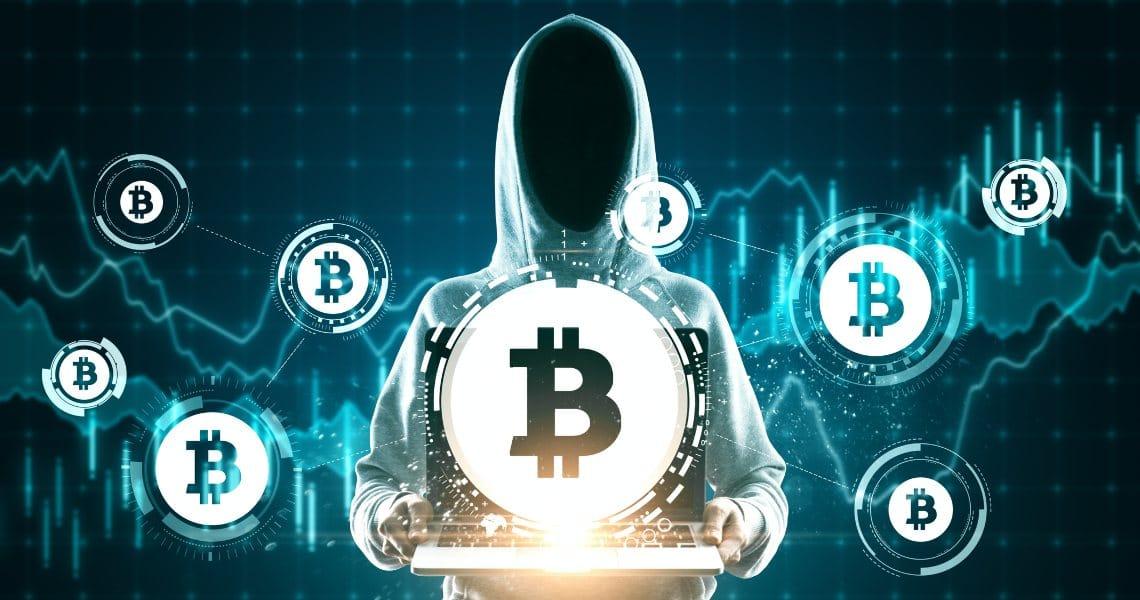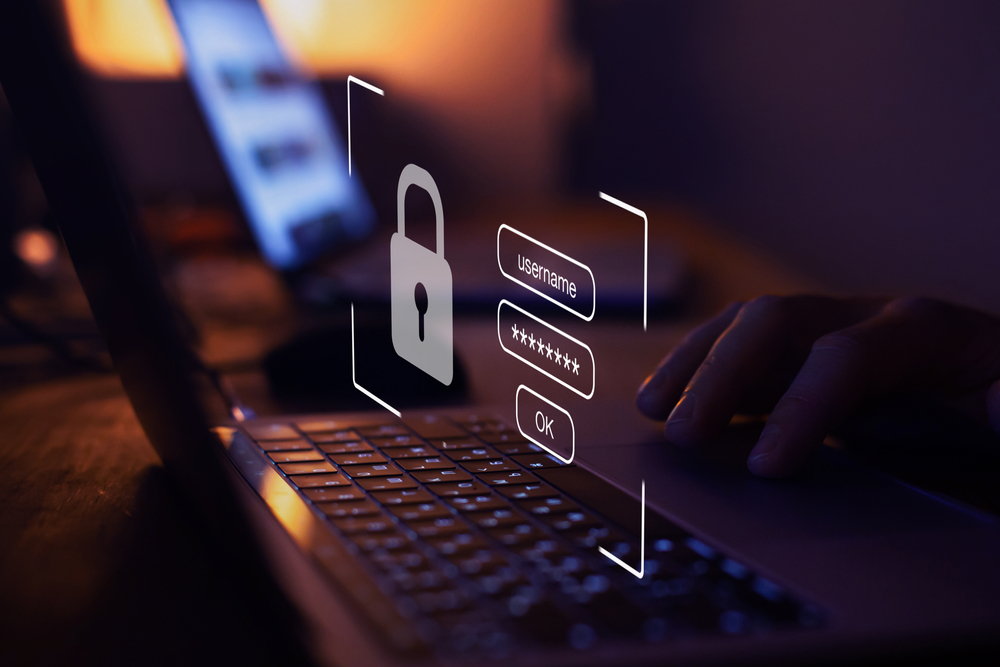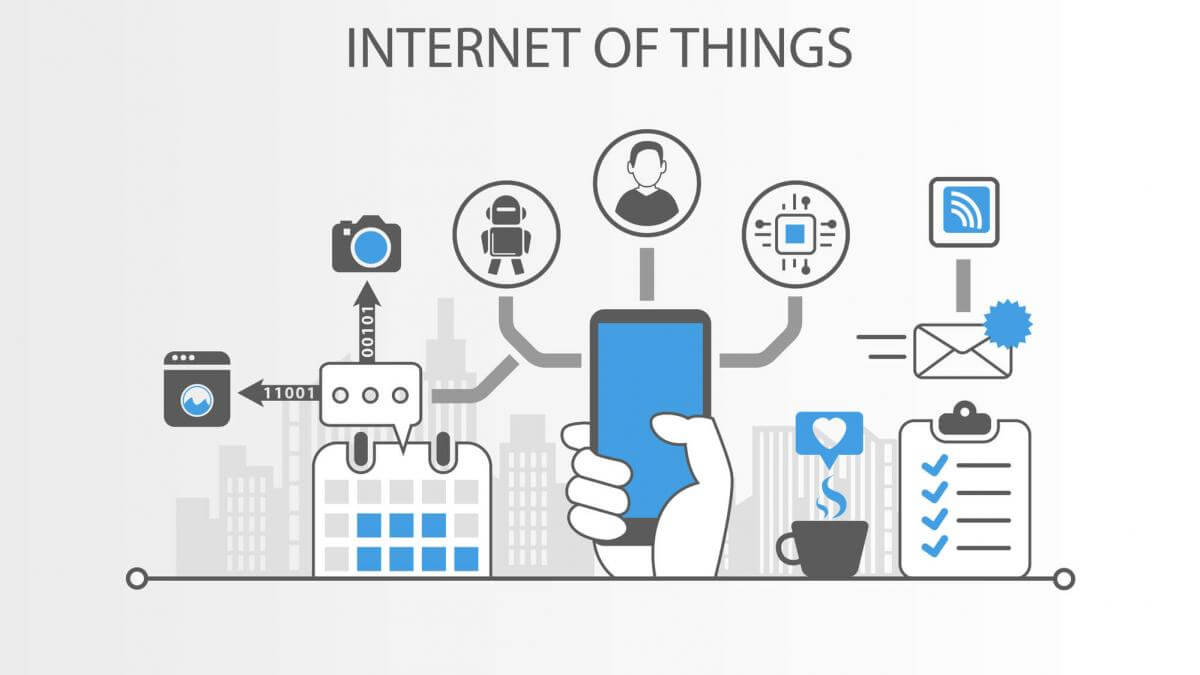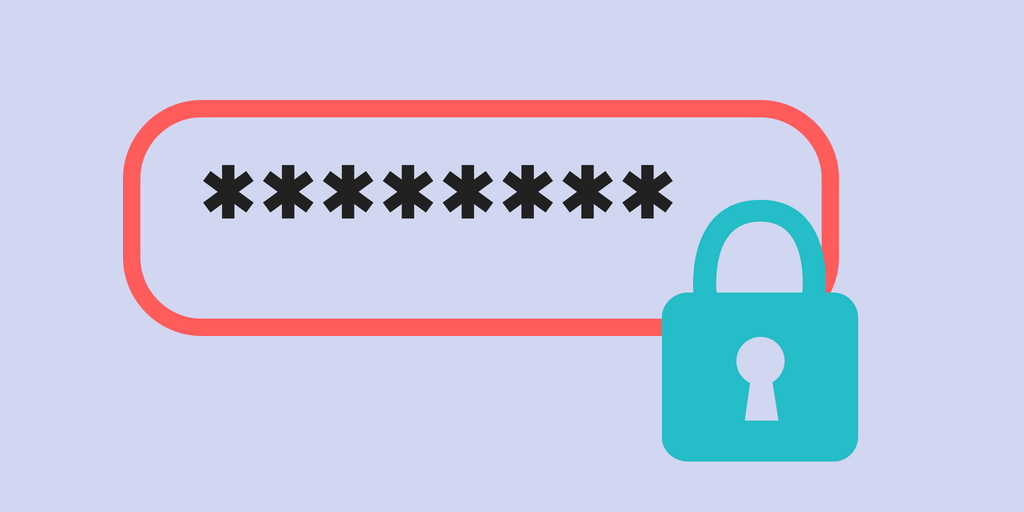Cybersecurity Threats to Look Out for in 2023 and How to Protect Yourself
With the ever-increasing digitization of our lives, cybersecurity has become an increasingly pressing issue. While technology has made life easier and more convenient, it has also opened up new avenues for cybercriminals to exploit. In 2023, cybersecurity threats will continue to evolve and become more sophisticated, making it essential to stay informed and vigilant about potential risks. This article aims to provide an overview of the most significant cybersecurity threats to look out for in 2023 and the measures you can take to protect yourself.
Ransomware attacks
Ransomware attacks are a type of malicious software that encrypts files and demands payment to unlock them. In recent years, these attacks have become increasingly common and sophisticated. In 2023, ransomware attacks are likely to target larger organizations, including government agencies and healthcare providers. To protect yourself from ransomware attacks, it is essential to keep your software up to date, backup your data regularly, and avoid clicking on suspicious links or downloading unknown attachments.
Social engineering attacks
Social engineering attacks are designed to trick people into giving away sensitive information, such as passwords or credit card numbers. These attacks often come in the form of phishing emails, which appear to be from a legitimate source but are actually fake. In 2023, social engineering attacks are likely to become more personalized and sophisticated. To protect yourself from social engineering attacks, it is essential to be cautious about the information you share online and to educate yourself on how to identify phishing emails.
Internet of Things (IoT) attacks
The Internet of Things (IoT) refers to the growing network of interconnected devices, from smartphones to smart homes. While these devices offer convenience and efficiency, they also pose a significant cybersecurity risk. In 2023, IoT attacks are likely to target smart home devices and other connected devices. To protect yourself from IoT attacks, it is essential to change default passwords, keep your software up to date, and avoid connecting to unsecured Wi-Fi networks.
Cloud security threats
Cloud computing has become increasingly popular in recent years, offering businesses and individuals a convenient way to store and access data. However, this convenience also comes with security risks. In 2023, cloud security threats are likely to become more sophisticated, targeting cloud providers and their customers. To protect yourself from cloud security threats, it is essential to choose a reputable cloud provider, encrypt your data, and use strong passwords.
Mobile device attacks
Mobile devices, including smartphones and tablets, are increasingly used for sensitive transactions, from online banking to online shopping. However, mobile devices are also vulnerable to cyber attacks, including malware and phishing scams. In 2023, mobile device attacks are likely to become more common and sophisticated. To protect yourself from mobile device attacks, it is essential to keep your software up to date, avoid downloading unknown apps, and use two-factor authentication.
Cryptocurrency attacks

Cryptocurrencies, such as Bitcoin, have gained popularity as a form of digital currency. However, the anonymity and lack of regulation of these currencies have made them a target for cybercriminals. In 2023, cryptocurrency attacks are likely to become more sophisticated, targeting cryptocurrency exchanges and wallets. To protect yourself from cryptocurrency attacks, it is essential to use reputable exchanges and wallets, enable two-factor authentication, and store your private keys securely.
Data breaches
Data breaches are a significant cybersecurity risk for both individuals and organizations. In 2023, data breaches are likely to continue to occur, with cybercriminals targeting large organizations to gain access to sensitive information. To protect yourself from data breaches, it is essential to use strong passwords, enable two-factor authentication, and regularly monitor your financial and personal accounts.
Phishing attacks
Phishing attacks are a common type of cyber attack that uses social engineering techniques to trick people into giving away sensitive information. In 2023, phishing attacks are likely to become more sophisticated, targeting specific individuals and organizations. To protect yourself from phishing attacks, it is essential to be cautious of suspicious emails and messages, avoid clicking on unknown links or attachments, and use anti-phishing software.
Advanced Persistent Threats (APTs)
Advanced Persistent Threats (APTs) are a type of cyber attack that is highly targeted and persistent, often aimed at government agencies or large corporations. In 2023, APTs are likely to become more common and sophisticated, using advanced techniques such as zero-day exploits. To protect yourself from APTs, it is essential to use strong passwords, enable two-factor authentication, and regularly update your software and security systems.
Cybersecurity Regulations
As the threat of cyber attacks continues to grow, governments and regulatory bodies around the world are implementing cybersecurity regulations to protect individuals and organizations. In 2023, we can expect to see more cybersecurity regulations and standards put in place, particularly for businesses that handle sensitive information. It is essential to stay informed about these regulations and ensure that your organization is compliant with them.
Importance of Cybersecurity Training
Cybersecurity training is essential for both individuals and organizations to protect themselves from cyber threats. In 2023, cybersecurity training is likely to become more important than ever, with companies investing more in employee training to prevent cyber attacks. It is essential to take cybersecurity training seriously and ensure that you and your employees are up to date with the latest threats and best practices.
Secure Passwords
Secure passwords are essential for protecting your personal and financial information from cybercriminals. In 2023, using strong passwords will be more important than ever, with cybercriminals using advanced techniques such as brute force attacks to crack passwords. It is essential to use long, complex passwords that include a combination of letters, numbers, and symbols.
Two-Factor Authentication
Two-factor authentication is an essential security measure that adds an extra layer of protection to your accounts. In 2023, two-factor authentication will become more important than ever, with cybercriminals using increasingly sophisticated methods to gain access to accounts. It is essential to enable two-factor authentication on all your accounts, including email, social media, and financial accounts.
Conclusion
In conclusion, cybersecurity threats are evolving and becoming more sophisticated in 2023. It is essential to stay informed about these threats and take steps to protect yourself from them. By using strong passwords, enabling two-factor authentication, and staying vigilant about potential risks, you can reduce your risk of becoming a victim of a cyber attack.
FAQs
1. What is cybersecurity?
Cybersecurity refers to the protection of computers, servers, mobile devices, electronic systems, networks, and data from unauthorized access, theft, damage, or disruption.
2. What are the most common cybersecurity threats?
The most common cybersecurity threats include malware, phishing attacks, ransomware, data breaches, and advanced persistent threats (APTs).
3. What is two-factor authentication?
Two-factor authentication is a security process that requires users to provide two forms of identification before accessing an account or system. This can include a password and a verification code sent to a mobile device or email address.
4. How can I protect my personal and financial information online?
To protect your personal and financial information online, you should use strong passwords, enable two-factor authentication, avoid clicking on unknown links or attachments, and regularly monitor your accounts for suspicious activity.
5. What should I do if I become a victim of a cyber attack?
If you become a victim of a cyber attack, you should immediately change your passwords, contact your financial institution or credit card company, and report the incident to the appropriate authorities. It is also important to update your security systems and software to prevent future attacks.






